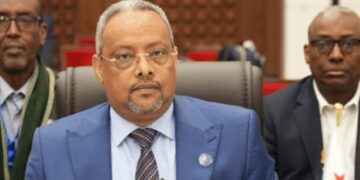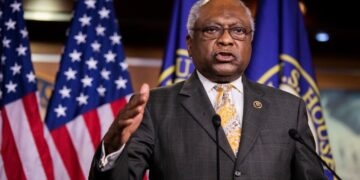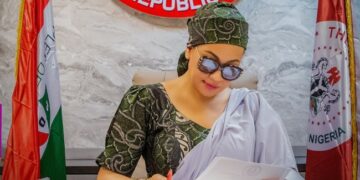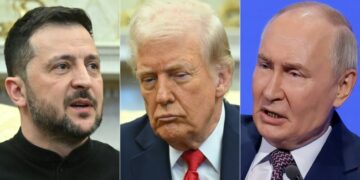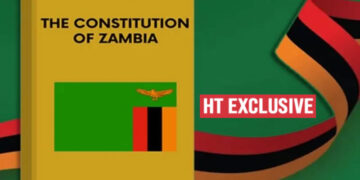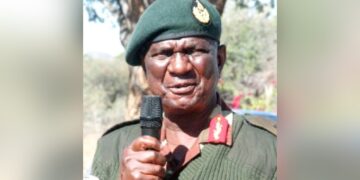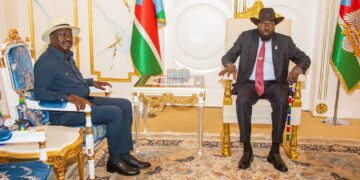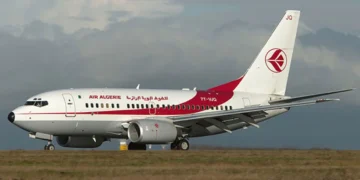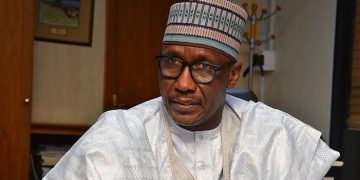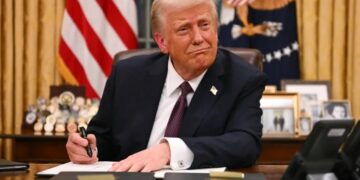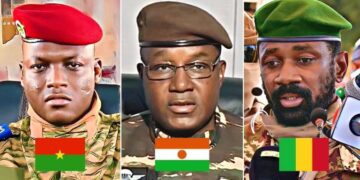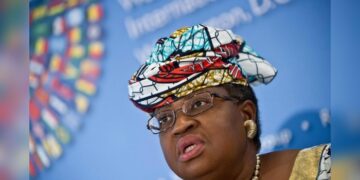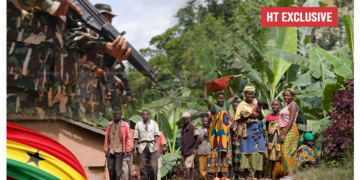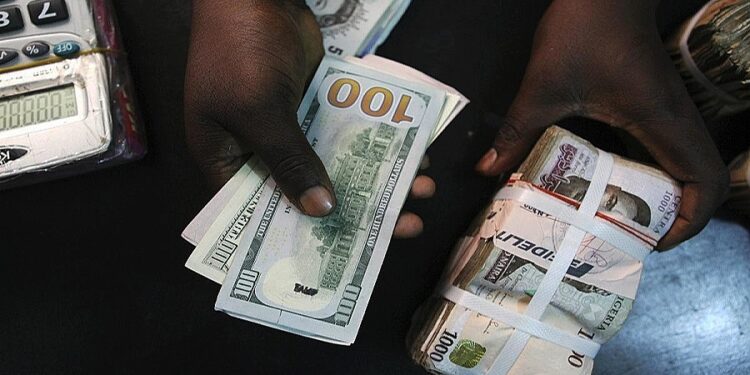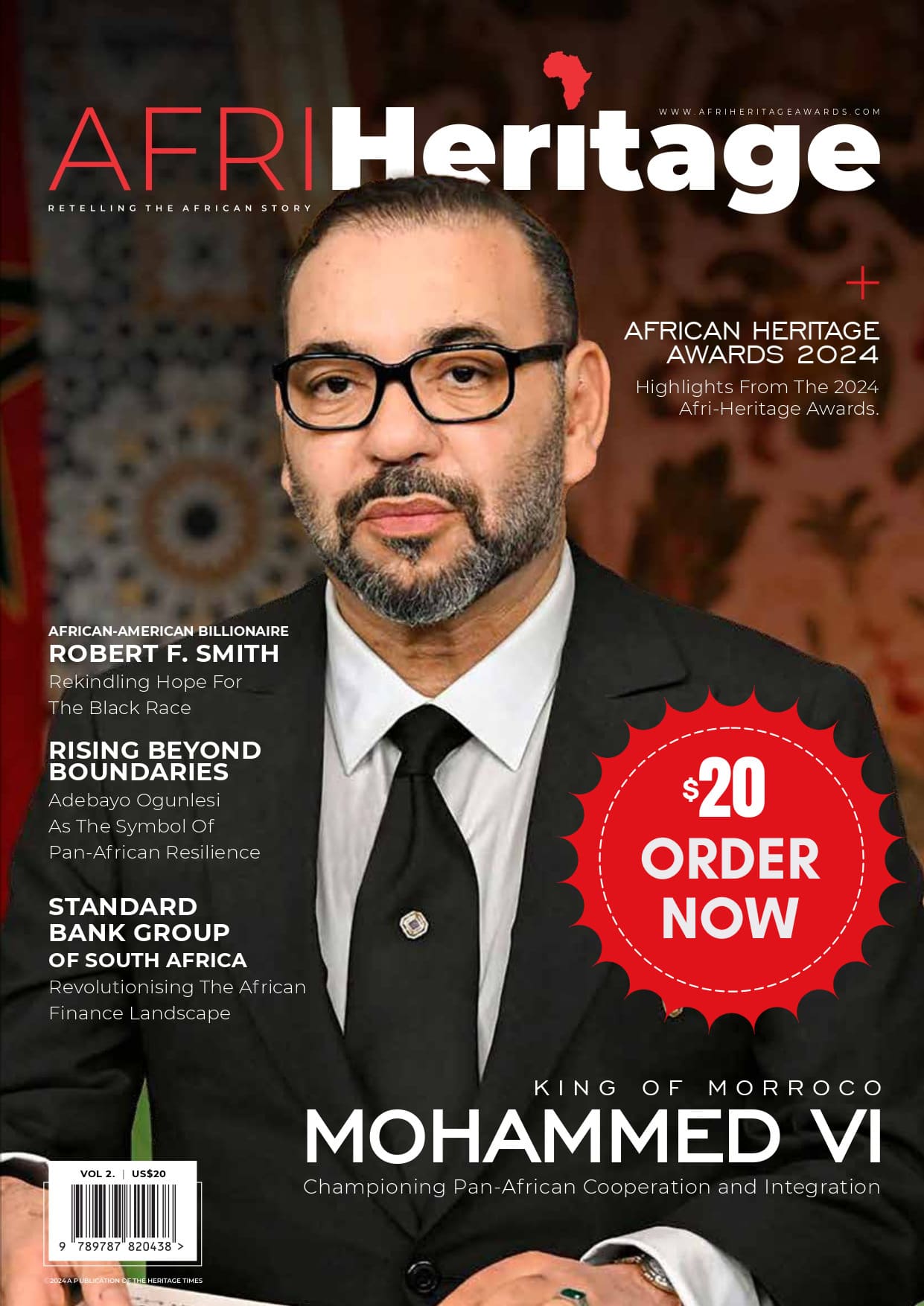By John Ikani
Amidst the growing scarcity of foreign exchange in Nigeria, the naira took a significant hit on Thursday, dropping to N1045 against the US dollar on the parallel foreign exchange market.
The depreciation can be attributed to the consistent demand for foreign currency surpassing its supply.
The British Pound Sterling was acquired at N1260 and sold at N1270, while the Euro is traded at N1090.
Ever since the Central Bank of Nigeria (CBN) adopted a flexible exchange rate policy in June, with the goal of bolstering the nation’s financial stability, the local currency has depreciated by over 40% against the US dollar.
Forex traders report that the exchange rate ranges between N1035-N1045 per dollar, indicative of the increased scarcity. The situation has worsened, and even the official window is no longer a reliable source for purchasing foreign currency.
One forex trader lamented, “There is no dollar at the I&E window, and no bank is selling. Banks now advise you to fund your account as they no longer issue letters of credit. It’s all black market for now.”
The scarcity is baffling and appears to be intensifying, with foreign currency becoming increasingly elusive.
In the official market, the exchange rate maintains its value at N776.8 per US dollar. This discrepancy highlights the stark difference between the official exchange rate and the reality faced by Nigerians in the open market.
In September, the parallel market’s exchange rate breached the N1000/$1 threshold, initially perceived as a temporary fluctuation. However, the government’s inability to attract sufficient forex inflows has caused the exchange rate to spiral out of control, weakening with each passing week.
In the peer-to-peer market, where cryptocurrency plays a role in exchange rate determination, buyers and sellers are currently quoting rates around N1040/$1.
This alternative market highlights the persistent challenges in accessing foreign exchange through conventional channels.







